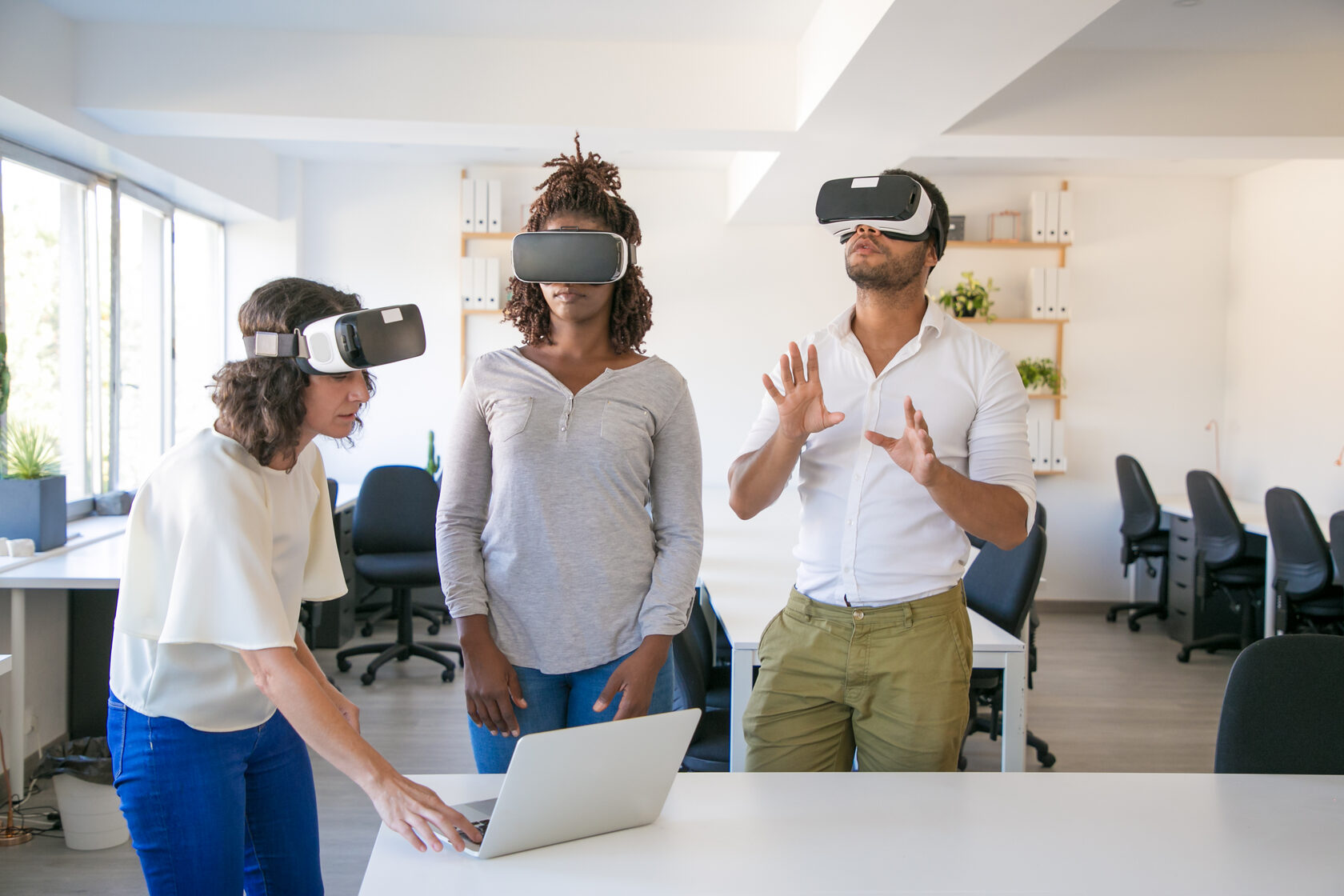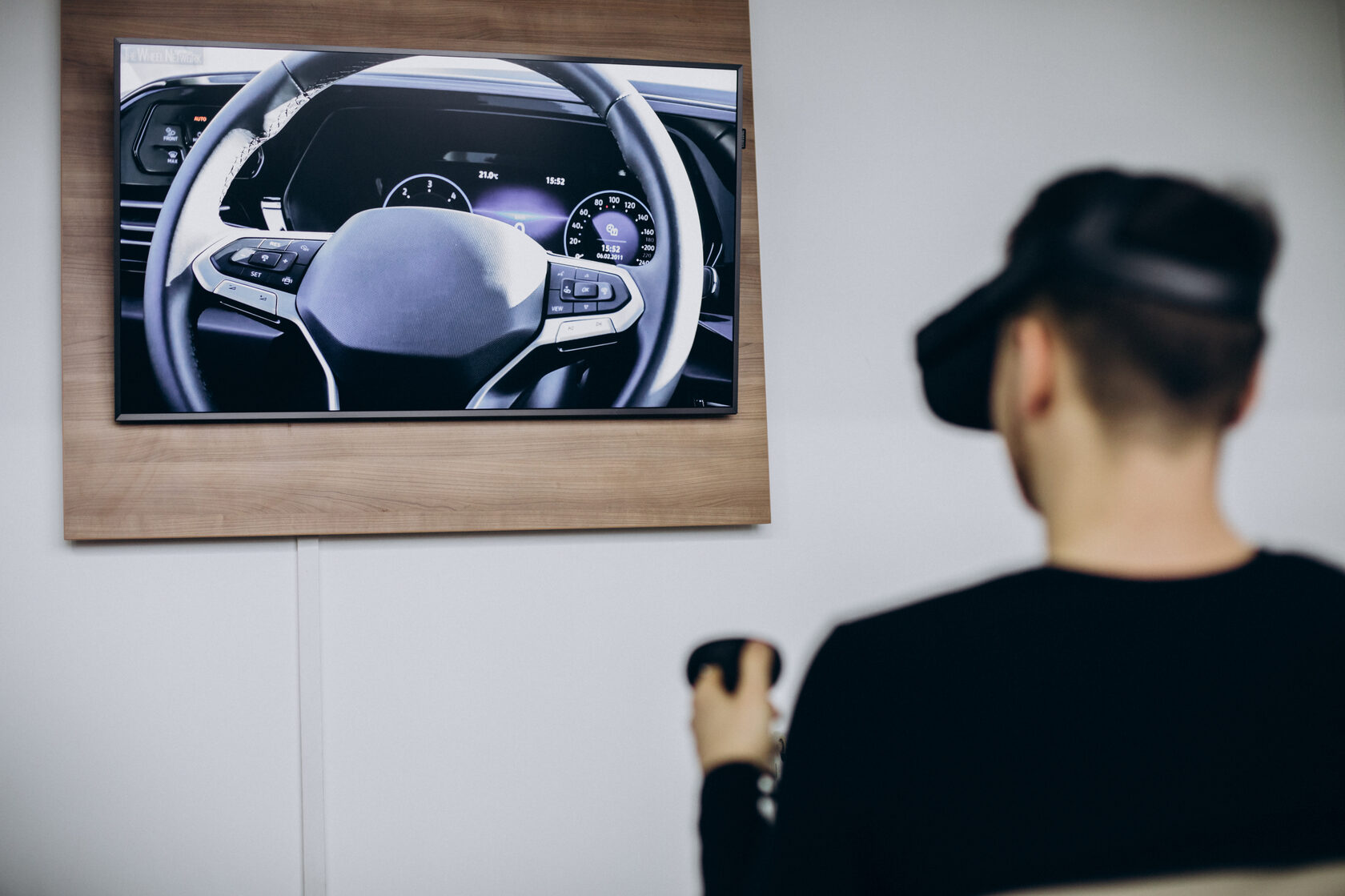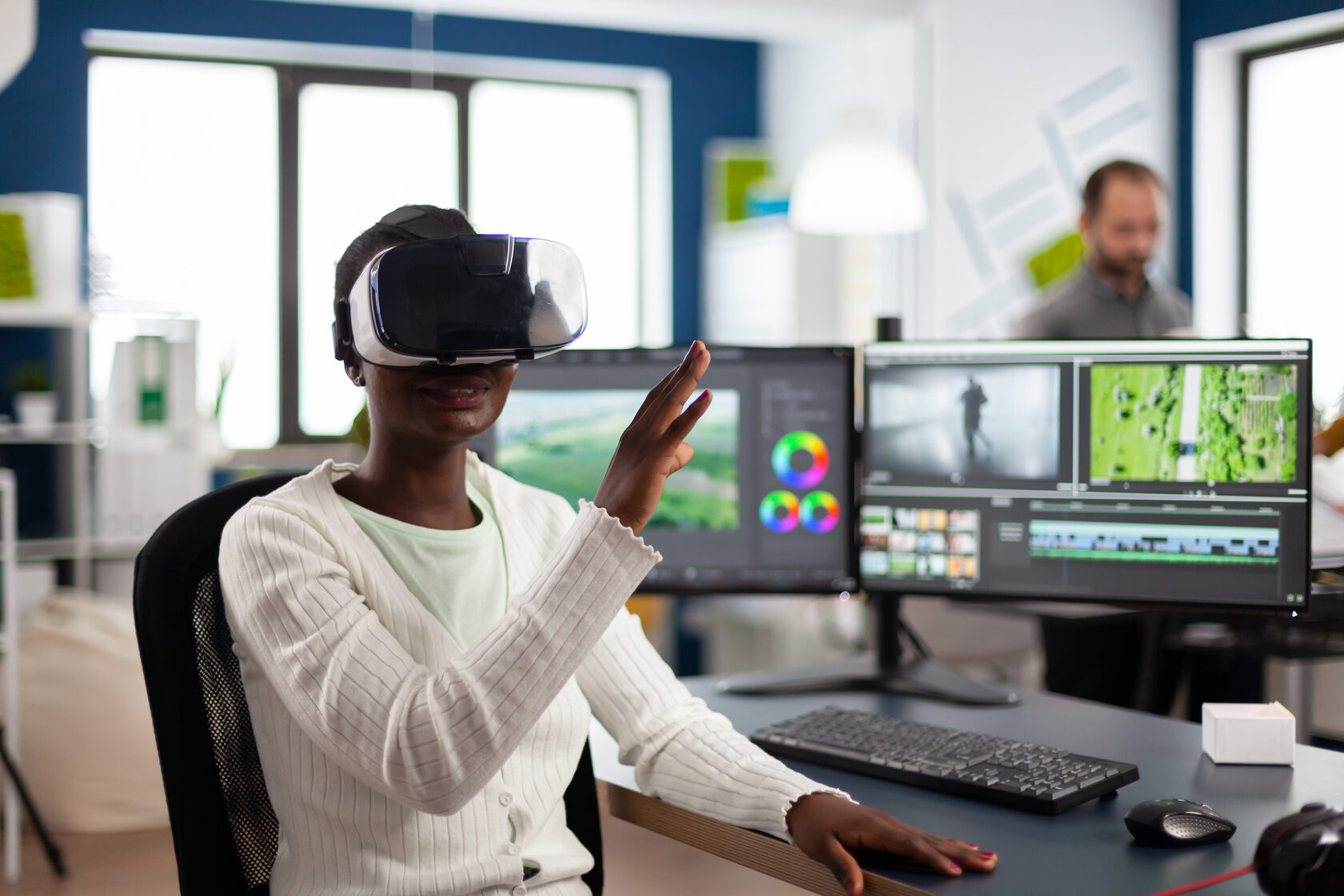How to Add VR to Existing Corporate Training
Virtual reality is incredible and exciting, but it can be challenging to know where to begin. The best approach to building a VR training strategy for a company is to look at existing training. There may be an opportunity to replace or enhance the learning journey with Virtual Reality.

For example, as a follow-up to classroom-based learning, a student could practice the skills taught in an active learning setting in a VR environment. Additionally, there may be an existing curriculum that requires travel, expensive setups, or disruptive activities such as in manufacturing. Utilizing VR could accomplish the same goals more quickly, inexpensively, and safely in a VR environment.
One of the most significant advantages of virtual reality is that it is almost limitless, only limited by your imagination.
Examples of VR Corporate Training uses:
- Scenario-Based Learning – Refine soft skills with a first-person perspective of real-life customer situations. Create a realistic sense of a tense situation and learn how to make critical decisions.
- Technical Skills – Teach employees how to assemble products or complicated machinery by allowing them to interact with it worry-free. Prompt them to physically walk around an environment and, using hand-held controllers, pick up virtual objects, push virtual buttons, and more.
- Multi-Step Tasks – Work through troubleshooting products and repair equipment by outlining the steps and guiding the learner to work through the problem step by step.
- Onboarding – Introduce new employees by showing them the ins and outs of the business, shop floor, process, and more from their training room.
- Simulations – Military, aviation, and law enforcement are great examples of simulation-based training where you can work on reactions in hazardous situations without actually endangering themselves.

How can I implement VR training in company education?
First, you need to define learning objectives. This leads to shorter training time, allows employees to train autonomously, or even undergo training remotely.
Select a specific group of employees who needs to undergo training or select an existing training program that you want to update or improve
Create the concept and storyboard. Be detailed with the experience and desired learning outcomes and activities to be measured.
Choose the platform and technology which also includes any LMS integration requirements.
And then we’ll uptake it from there, the deployment of VR solution consists of the following steps:
- Development
- Production
- QA
- In-house testing
- Launch
In case you have an idea that you’d like to share with us to review and provide feedback, reach out to our team. We’ll get back to you and answer all your questions in the journey to making VR training a reality for your business!





